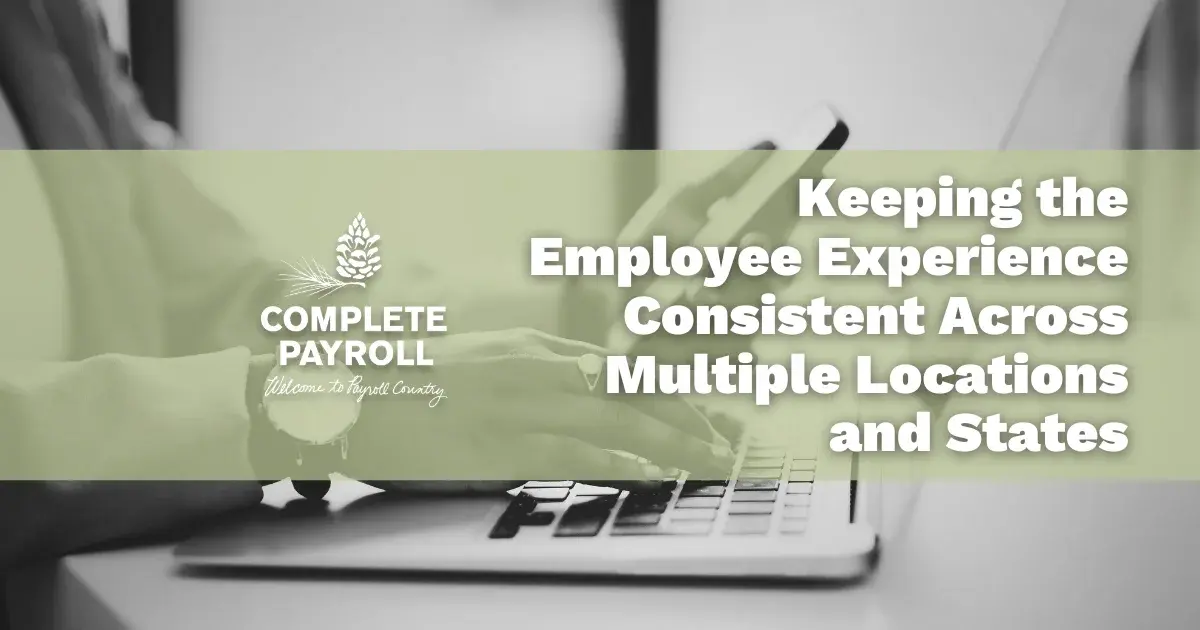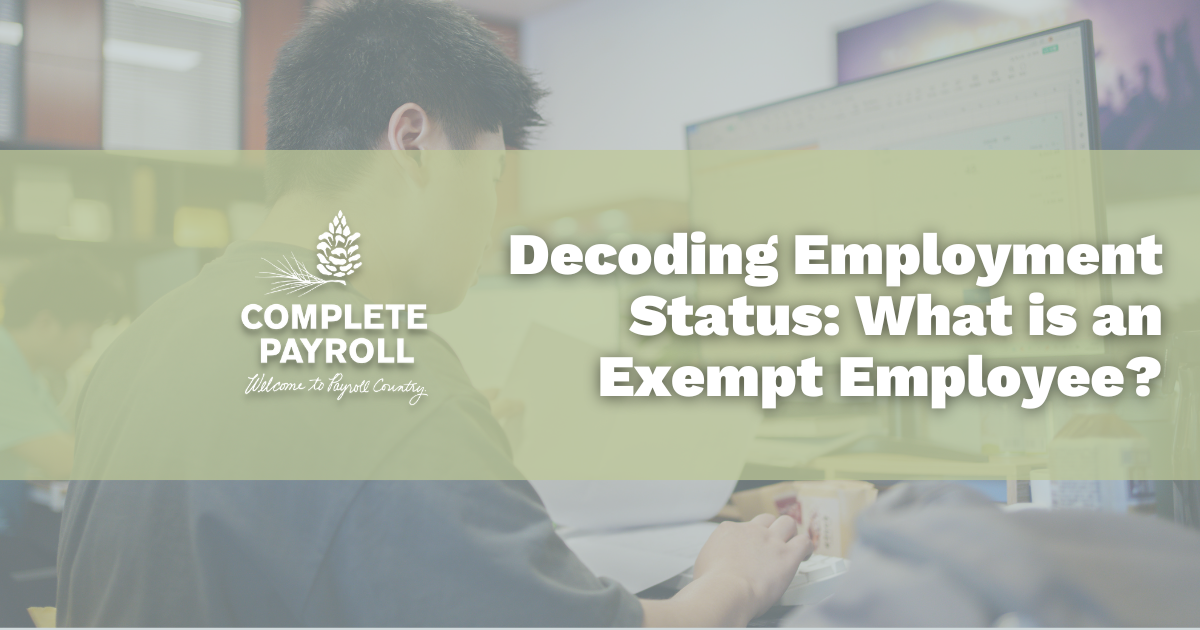Termination Meetings: Where and When to Conduct the Most Difficult Conversation

Written by Complete Payroll

Let's face it. Terminating an employee sucks. Every. Single. Time.
It is a difficult conversation to have for both parties involved. Being prepared when terminating an employee can help minimize the fallout and allow your company and the employee to move on quickly and smoothly. Part of that process is being strategic about the time and location where the final meeting between you and the employee you are terminating is to take place. Below are some things to consider when setting up the most difficult yet necessary of conversations.
The Best Day of the Week to Terminate an Employee
There are many schools of thought on this subject. Talk to one expert, and they will tell you that it is best to terminate an employee on a Friday. This, they will reason, gives the terminated employee a chance to "lick their wounds," so to speak, over the weekend.
Others will tell you that Monday is the best day to fire someone because it gives them the entire week to hunt for a new job. Tuesday is another popular response in that it combines the benefits of the Monday and Friday responses. Also, scheduling an employee termination for Tuesday allows you to take all of Monday to get your ducks in a row for the meeting you are about to have the following day.
The truth of the matter, though, is simple. The best day to terminate an employee is: whichever day works best for you. For instance, you may want to terminate at the end of a payroll cycle to make it easier for your payroll department.
The Best Time of Day to Terminate an Employee
There is much more consensus with regard to which time of day is best to terminate an employee. Though again, you should always choose a time that works best for you; generally, you will find that the end of the workday works best. Mainly because it allows the terminated employee a chance to gather their belongings when everyone else has left for the day, this spares them the additional embarrassment of having an audience present for an already humiliating experience.
You may find that the beginning of the workday works just as well for this same reason. Consider how your company works and make your decision based on that. The main takeaway here is to conduct the meeting at a time when the employee can leave as dignified as possible. Failing to do so could cause an already embarrassing situation to go from bad to worse and could even open your company up to legal action taken by the terminated employee.
The Best Place to Terminate an Employee
The location you choose for your termination meeting can also play a role in helping a terminated employee leave with dignity. Privacy should be of the utmost importance. You should avoid a conference or other meeting room with glass walls or easily-viewable windows. This should go without saying but never terminate an employee openly on the floor unless there is absolutely no other place to do so.
Choose a neutral location to conduct the meeting. Even though your office or theirs may meet the privacy guidelines, conducting the meeting on your or their "turf," so to speak, is considered to be simply in poor taste.
The worst possible outcome of terminating an employee is that the employee reacts so unfavorably that they cause a scene. Even employees that seem the most even-keeled can be prone to lashing out in the face of bad news, especially if they feel blindsided by the termination. For this reason, conducting the termination meeting in a room near an exit is always a good idea. This also affords a distraught employee the chance to step outside and get some fresh air or collect themselves emotionally before gathering their things.
Get Step-By-Step Assistance Terminating an Employee in NY
Terminating an employee is no fun. It is a difficult, emotional occurrence that is, unfortunately, a fact of life when you work in the Human Capital Management field. Fortunately, we have created the NYS Employee Termination Kit, a helpful (and free) resource that will provide you with step-by-step help before, during, and after the hardest conversation we have to make in this business. Check it out below.
For more information and insights into the laws, best practices and complexities around terminating employees, check out our resource page, A Complete Guide to Employee Terminations. It's an all-in-one page that includes thorough insights, instructions and plenty of links to other helpful resources.
Additionally, here are some other articles that focus on the difficult subject of terminating employees:
- How to Script Your Termination Meeting
- Can You Fire An Employee For Something They Did Outside of Work?
- Paying a Terminated Employee Their Last Paycheck
- About Leave of Absence Employee Terminations
- How to Address Alcohol in the Workplace
- How to Measure and Minimize Employee Turnover
- How to Handle an Employee That's Abusing Your Sick Leave Policy
- How to Terminate an Employee in New York State
- Can You Terminate An Employee On Leave?
- The Difference Between a Severance Package and a Severance Agreement
- 3 Exceptions to At-Will Employment
- How to Handle an Immediate Employee Termination
- Alternatives to Employee Terminations
- Can You Terminate an Employee Over the Phone?
- Can You Fire An Employee For Something They Said Online?
- How to Inform Your Staff About a Terminated Employee
- When Should You Fire An Intern?
- Can You Fire An Independent Contractor?

















 Get Instant Blog Notifications
Get Instant Blog Notifications


